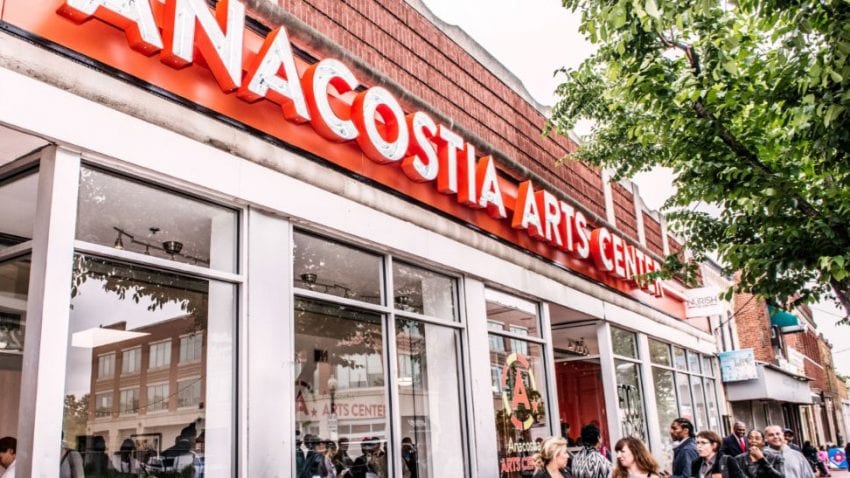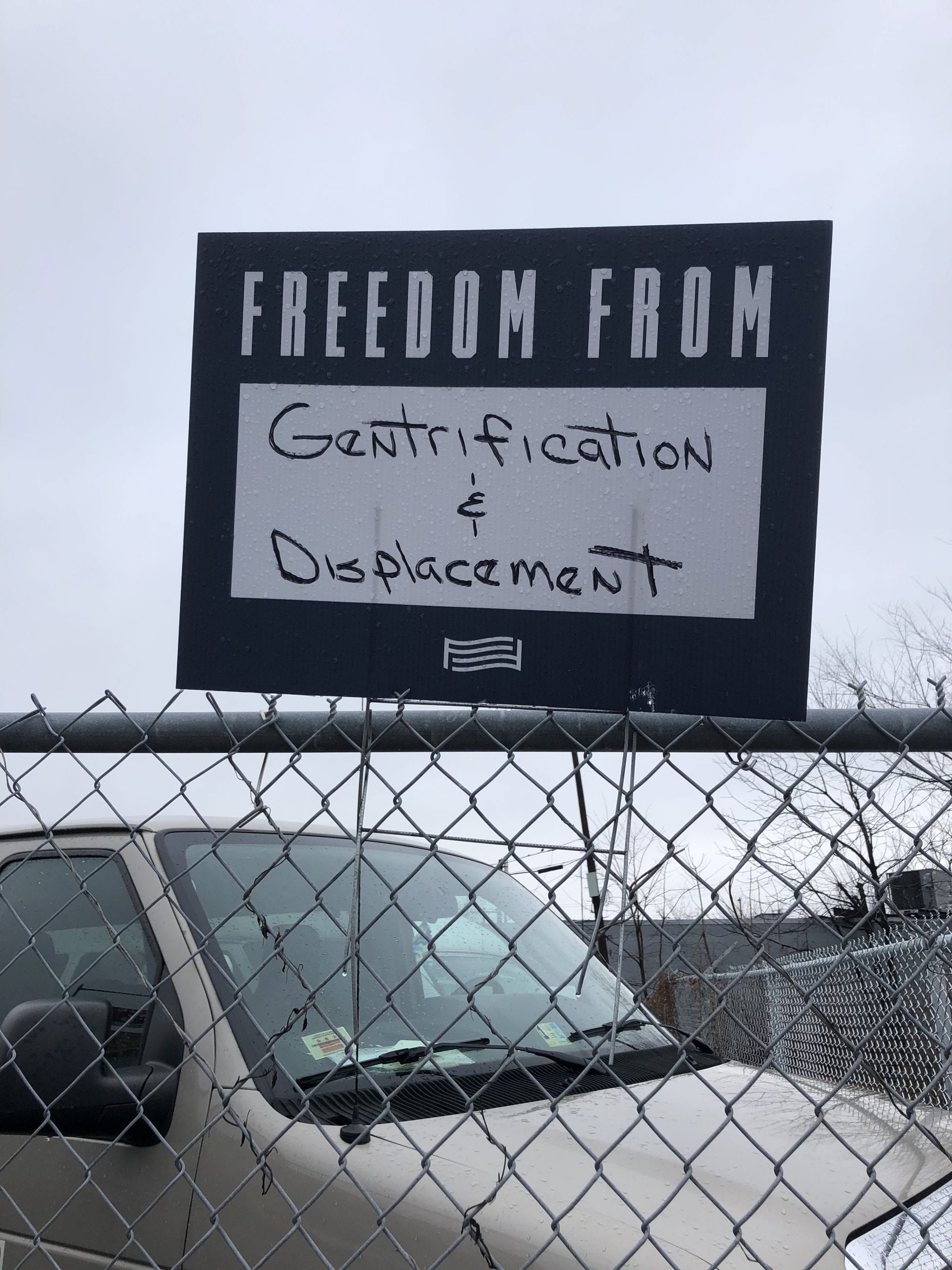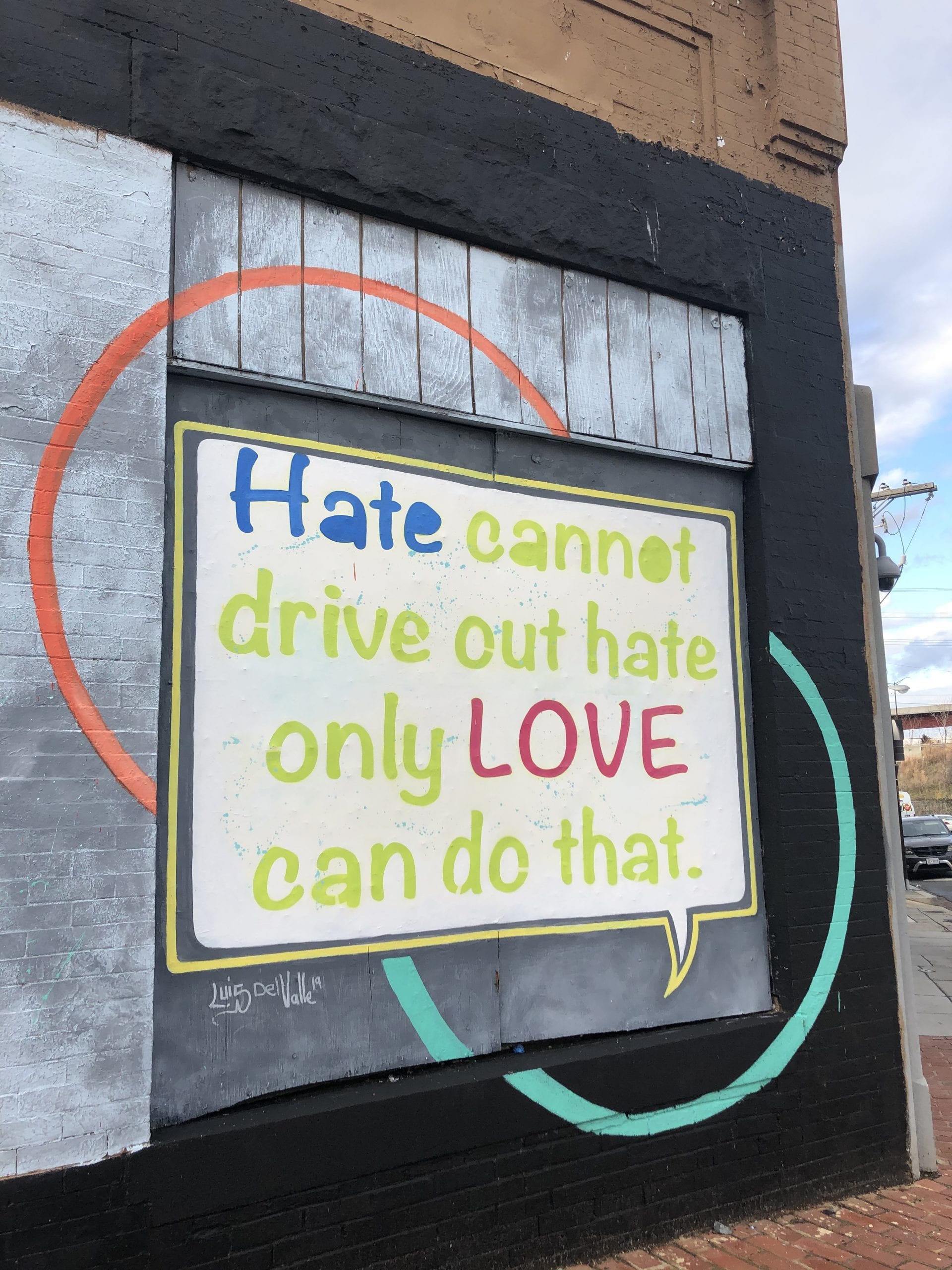On Saturday Jan. 27, our class visited the Anacostia Arts Center and enjoyed a moving performance by the District Community Playback, where we had the privilege of listening to the stories of folk who have lived in the city for more than 30 years. From the D.C. Sniper in 2003 to the Million Man March in 1996, we were able to disconnect from being tourists and actively engage with members of the D.C. community through shared storytelling.

(https://images.app.goo.gl/xxqnHQjk8S9PStPN6)
The Anacostia Arts Center, along with the District Community Playback, are institutions that I would argue directly fight the perils from gentrification through the engagement with the surrounding community and thus preserve its history. However, there are many forces at work that do not try and remember these stories, along with the rich history and culture that has been born out of Anacostia. As an area that has more recently been referred to as the “city east of the river,” it is home to a large number of native Washingtonians. Anacostia is also one of the last remaining wards relatively untouched from the expanding gentrification that is common to the District of Columbia.

What many urban developers consider “placemaking,” here in Washington D.C. many would simply refer to it as gentrification. Plans for new developments are always being put on the table in order to create new economic ventures that follow the standard “winner-take-all” mentality of capitalism. According to a study done by the Institute on Metropolitan Opportunity (IMO), Washington has been pushing low-income residents out of their homes at some of the highest rates in the nation. And while many of the gentrified areas in Washington are considered economically successful, the study by the IMO found that poverty rates within these areas are surely increasing.
In an article published by the Washington Post, Wards 7 and 8 in particular have seen a 60% increase of low-income populations, more specifically seen in the major neighborhoods of Anacostia. And, by coincidence, the streets that run through these neighborhoods were the same streets our Uber driver used to walk on his way to high school every day. Professor Epstein, myself, and a few other students expected a quick ride to Dupont Underground for their “Below Zero” Arts Market, but instead we had a very real and genuine conversation with our Uber driver about his views on the spreading gentrification in Washington.
As a native Washingtonian, he said something very profound. When urban developers, hired either by private firms or federal monetary aid, are looking at the reinvestment in the neighborhoods of Anacostia, there is value in “looking back and looking forward at the same time.” A million dollar question that our class has ruminated over throughout our time here in D.C. is how are the places or institutions that first and foremost bring economic wealth able to preserve a space that holds historic and cultural capital?

Our Uber driver explained that updates to buildings and other facilities would be nice and improve living conditions, but replacing streets that have a deep history with new condos and apartment buildings is not what benefits the people of the community. These economic ventures with only economic growth in mind is not what will help raise the community out of poverty. However, an investment in a place like the Anacostia Arts Center or the District Community Playback Theater Company will. Anacostia Arts Center serves the people, it doesn’t gentrify it.
The center is a space that unites people together and hosts a theater company that evokes a strong sense of shared humanity; isn’t that what democracy and the arts all about? The captivating performance juxtaposed how cathartic it was to have a memory come to life for everyone in the audience to “remember” the story together through art, almost the epitome of artistic citizenship. It was healing and unifying; it reaffirmed how important it is to invest in places whose purpose is to nourish communities that battle poverty, segregation, and oppression without representation.
